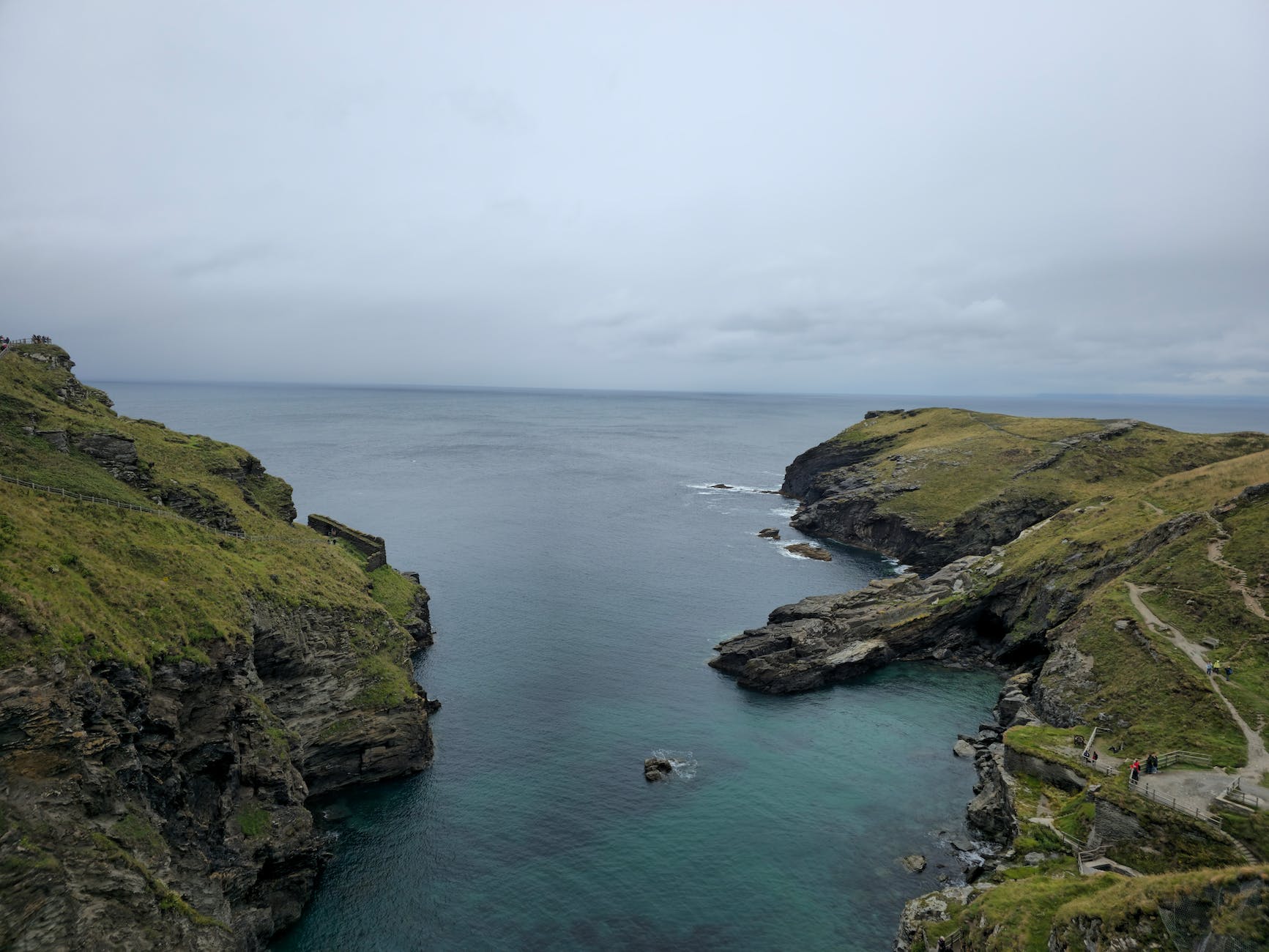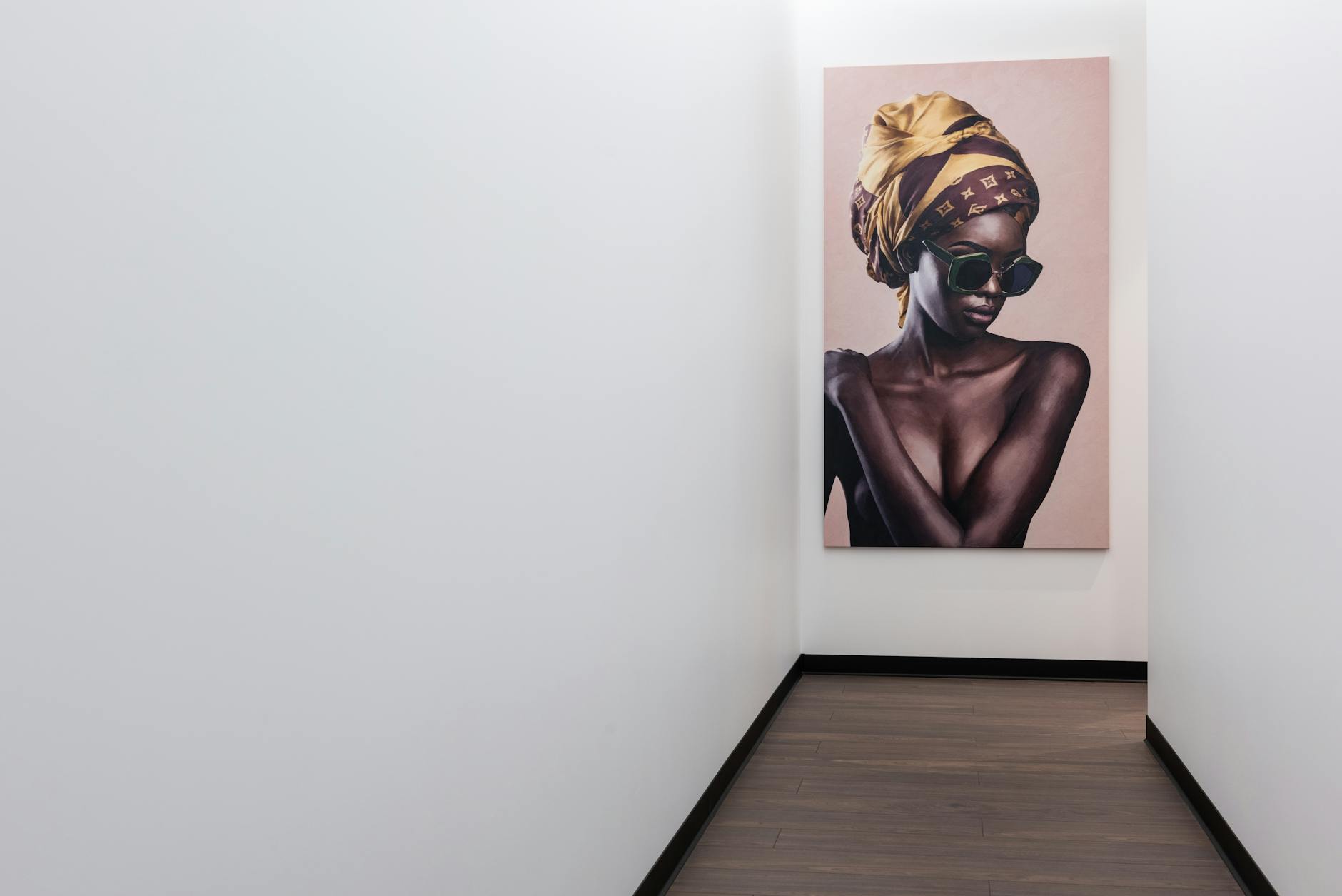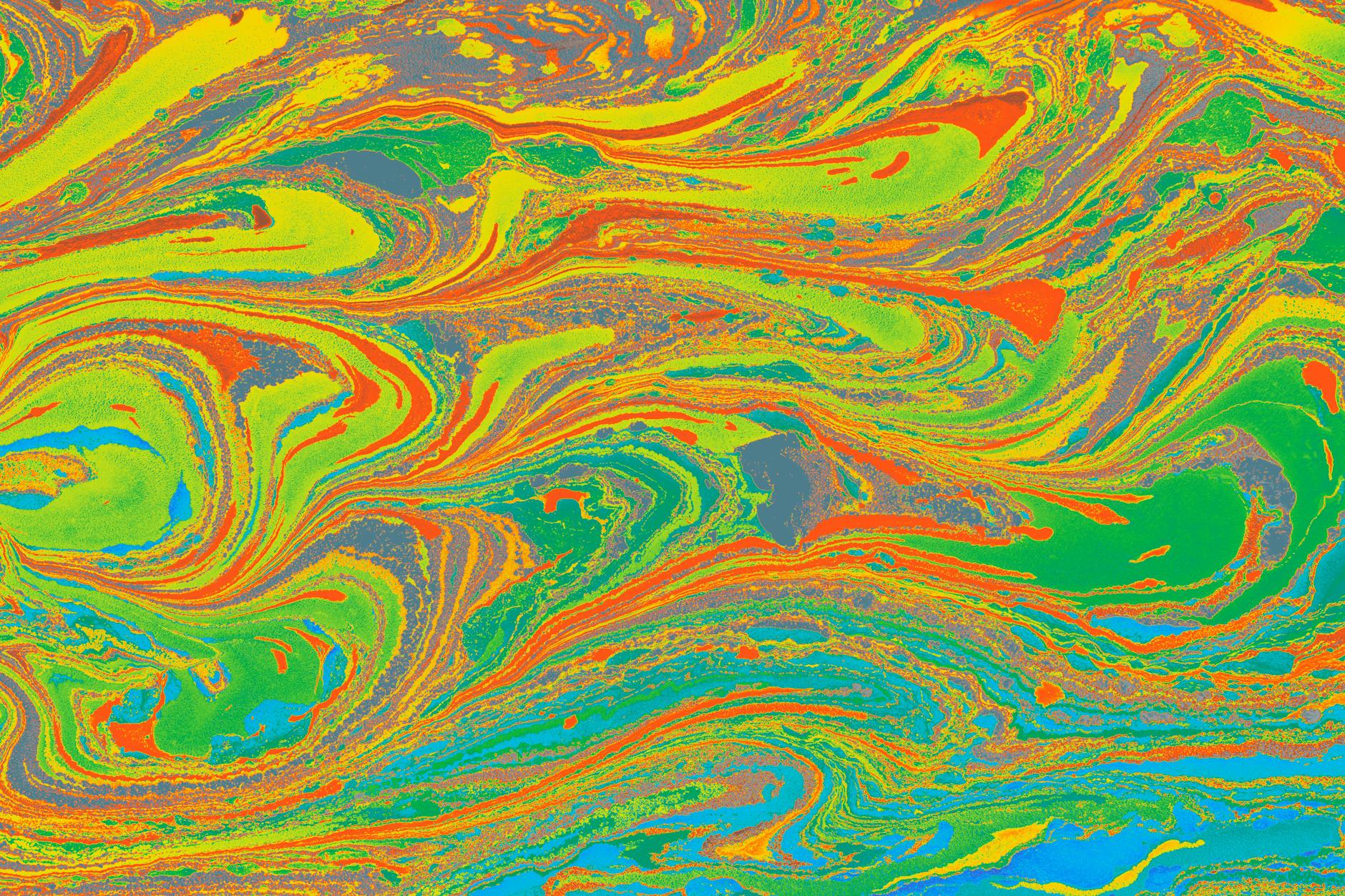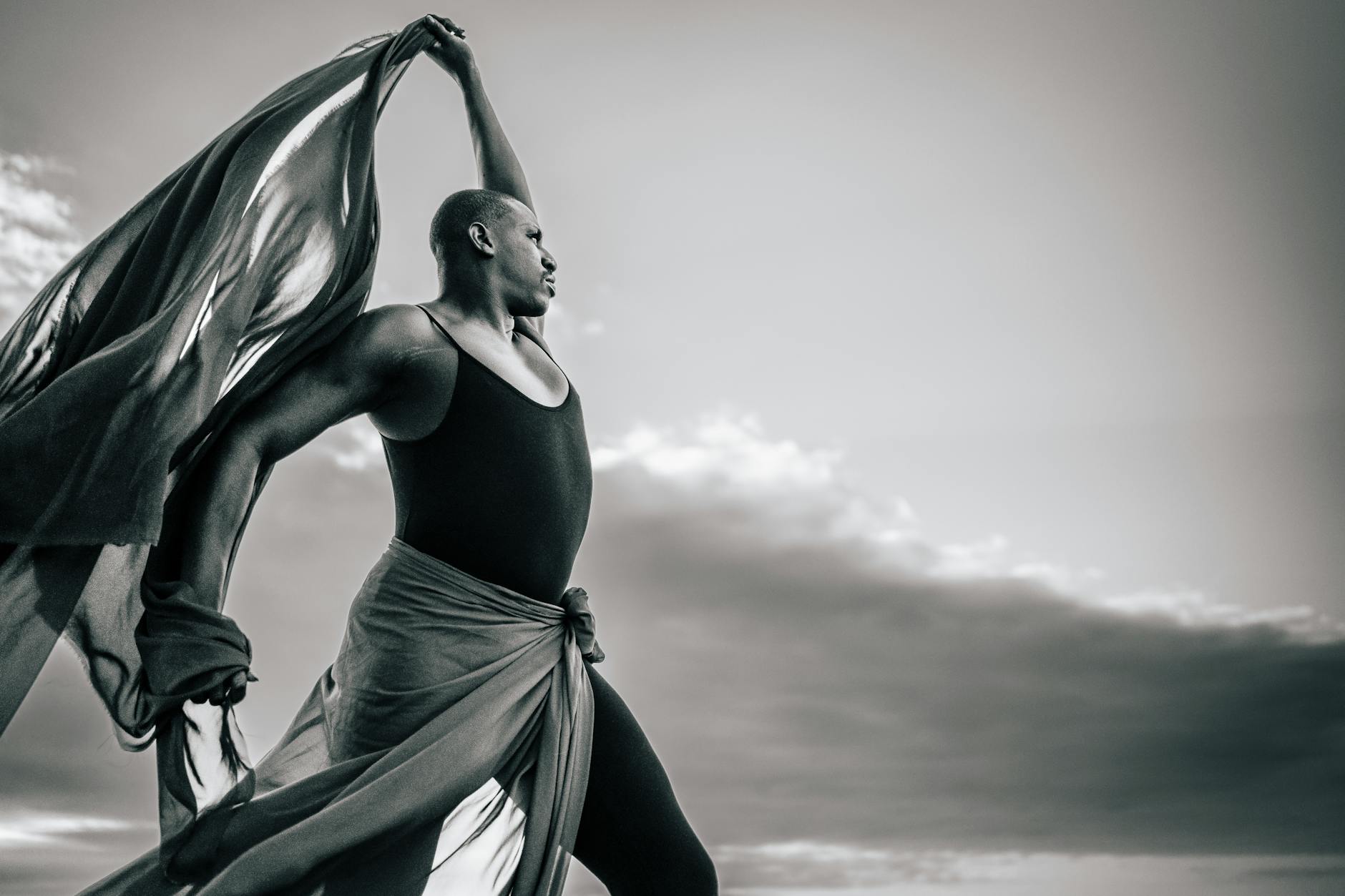Psychedelic art, known for its kaleidoscopic visuals and non-representational narratives, has impressed and inspired since the 1960s. This unique mode of artistic expression can be seen in the stunning works of artists like Alex Grey, Salvador Dali, Robert Venosa, and Ernst Fuchs. In this piece, we explore the masterpieces of these famous psychedelic artists, whose extraordinary depictions merge surrealism and spiritual symbolism into one mesmerizing vision.
Renowned American artist Alex Grey is undeniably one of the most influential psychedelic artists of our time. His works, which seamlessly blend spirituality, fractals, and human anatomy, perfectly embody the core principles of visionary art. One of his most recognized pieces, ‘Net of Being,’ displays an intricate web of interconnected god-like faces, producing a reflection of divine unity and interconnectedness—a stark epitome of Grey’s thought-provoking aesthetic.
Comparable in style, yet distinct in their approach, are the surrealism-infused artworks by Spanish artist Salvador Dali. His iconic piece, ‘The Persistence of Memory,’ known for its memorable dripping clocks, introduces a dreamscape that challenges our understanding of reality. While not typically classified within psychedelic art, Dali’s surrealistic masterpieces have significantly influenced the genre, encouraging artists to explore and push the boundaries of perception.
An admirer of Dali and a student of Ernst Fuchs, Robert Venosa is another pioneering figure in the realm of psychedelic and visionary art. His piece, ‘Angel,’ portrays a winged divine entity surrounded by a cosmic setting. Venosa’s work, which often employs an airbrush technique, presents a whimsical blend of fantasy and realism, invoking a sense of spiritual symbolism and wonder.
Psychedelic art would be incomplete without mentioning Ernst Fuchs, an Austrian visionary artist envied for his creative virtuosity. His work, ‘The Sphinx of Tahoser,’ showcases a vibrantly colored scene with a mythological creature guarding a magical land. Fuchs’ fantastical representations, characterized by dreamlike narratives and complex symbols, add depth and uniqueness to the psychedelic art world.
Stepping into the more contemporary side of psychedelic art, we discover the works of Los Angeles-based painter, Audrey Kawasaki. Her creations, synergizing Art Nouveau and manga influences, feature ethereal and sensual feminine forms embedded within delicate, intricate patterns evoking spiritual symbolism. Her painting, ‘It Was You,’ depicts a dreamy-eyed woman gazing into the distance, encapsulated within a mesmerizing patterned background. Kawasaki’s contributions provide a fresh and feminine perspective in the traditionally male-dominated world of psychedelic art.
In conclusion, psychedelic art is not only visually stunning; it encourages us to explore and understand the complexity of human consciousness, reality, and spirituality. The fantastic fusion of surrealism, fractals, and spiritual symbolism in these famous artworks still has the power to captivate and inspire, making them timeless masterpieces in the realm of visionary art. Today, as we continue to navigate the nuances of reality and redefine the boundaries of perception, the visionary contributions of artists like Alex Grey, Salvador Dali, Robert Venosa, Ernst Fuchs, and Audrey Kawasaki will undoubtedly continue to influence and guide the future of psychedelic art.








